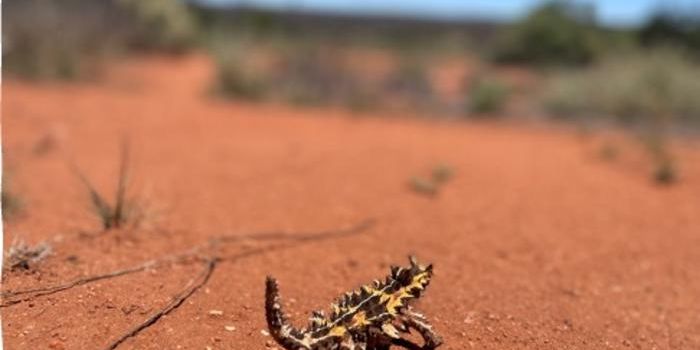Is it Ritual? Nope, it's just a Copper-Age Childs Toy!

The creative mind is beautiful. Humans have always been capable of great works of art and wonder, something that has been proven time and time again, across cultures. Even children participated in creative endeavors across time by making their own toys. Child's play, after all, is universal.
Recently, scientists have uncovered what they believe to be small plaques resembling owls believed to have been made by children dating to over 5,000 years ago, each with varying degrees of complexity. A common joke among archaeologists is, if we don’t know what it’s for, its ritual. This artifact was originally thought to have served ritualistic purposes in representing a goddess, however, further analysis showed that two were modeled after distinct owl species known to be present in that time and place.
Over 4,000 engraved plaques depicting two distinct eyes and an owl-like figure have been found across the Iberian Peninsula in tombs and waste pits alike.
The concept of play, games and toys has an immense role in contributing to cognitive, social, emotional and linguistic skills where children learn self-confidence and creativity. Many objects of play throughout history have been used to help children develop the skills needed to make, modify, and properly use tools. In fact, children in hunter-gatherer societies are known to engage more with objects during social play. Target practice is a good example of when playing with peers meets learning hunting skills.
Providing miniature or full-size versions of adult objects can be a valuable teaching tool for children, as well as a way to learn about the roles and activities of adults and the affordances of the objects that reflect their functional characteristics. Miniatures of weapons and dolls have been found around the globe, and due to the size, can often be mistaken as ritual instead of child's play. Beads and portable art fall into this argument as well. One example is a Māori game in which a small waterworn stone is passed around to the tune of a song or chant while all guess who has the stone.
Around 4000 years ago in Israel, someone carved 48 miniature clay vessels, with 10 still retaining the fingerprints of the maker. Using the size of the fingerprints it was concluded they were made by children, each fitting neatly into a small set of hands.
After assessing 100 of the Owl plaques and comparing the traits they display to the art of modern aged children aged 4 to 13, the researchers observed similarities in how children depict owls.
Many of the owl plaques had two drilled holes at the top, potentially to wear the plaque as an adornment. Other theories suggest the holes were for two feathers to be inserted, suggesting certain species of owls, like the regional Long-eared owl.
Why owls? Maybe it was ease of form. The shape of the animal, two large eyes and a simple outline for the body, could be easily mimicked in stone. Using tools of flint, quartz and potentially copper, it is possible the children started carving these as part of the play process.
The study of children in archaeology continues. Children play, and it is the objects and features created during play that remain within the archaeological record, connecting children to the cultural landscape for a new perspective.
Cover Image: Alabaster figure, Ídolo de Extremadura (unknown provenance, MAN, Madrid, 20572). Cover Image Credit: Negro, J.J., Blanco, G., Rodríguez-Rodríguez, E. et al. http://creativecommons.org/licenses/by/4.0/.
Sources: Nature, EurekAlert, NCBI, Frontiers, University of Chicago Press, Science News, Discover Wildlife.








